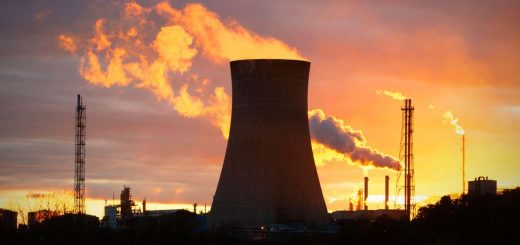Last chance to see comet Nishimura before it vanishes for 400 years
The comet Nishimura is heading away from the sun and on to the outer reaches of the solar system, so you’ll need to be quick if you want to catch a glimpse
By Abigail Beall
21 September 2023
Comet Nishimura as seen in L’Aquila, Italy, on 8 September
Lorenzo Di Cola/NurPhoto/Getty Images
The comet Nishimura has survived its close encounter with the sun, and you now have a brief window in which to spot it in the sky before it retreats to the outer solar system, not to return for 400 years.
Nishimura was discovered on 12 August this year, with its unusual green glow attracting attention from astronomers around the world. It made its closest approach to the sun on 17 September, and was visible in the northern hemisphere in the early mornings, a couple of hours before sunrise, in the days up to the encounter.
Comets are made of rock and ice, earning them the nickname dirty snowballs, and when they get closest to the sun a lot of that ice turns to a charged gas called a plasma – creating the comet’s tail. There was uncertainty around whether the comet would survive its brush with the sun, as it passed within 33 million kilometres of the surface of the star.
Advertisement
“Some do not survive,” says Don Pollacco at the University of Warwick, UK, and instead can totally evaporate. Luckily, comet Nishimura escaped this fate. “It is now receding from the sun and heading back into the cold depths of the solar system where it will spend the next 400 years before approaching the sun again,” says Pollacco. “Before it disappears completely, we have a final chance to see Nishimura.”
Read more
A weird comet is travelling through space with a dust blob it made
During its close approach, Nishimura was hit by an intense solar storm. This outburst of charged particles from the sun briefly blew away the comet’s plasma tail in what is called a disconnection event. The mechanisms behind these events are not entirely understood, but a 2018 lab study showed it could be because of an electrostatic field created by the interaction between the plasma and the solar wind.


